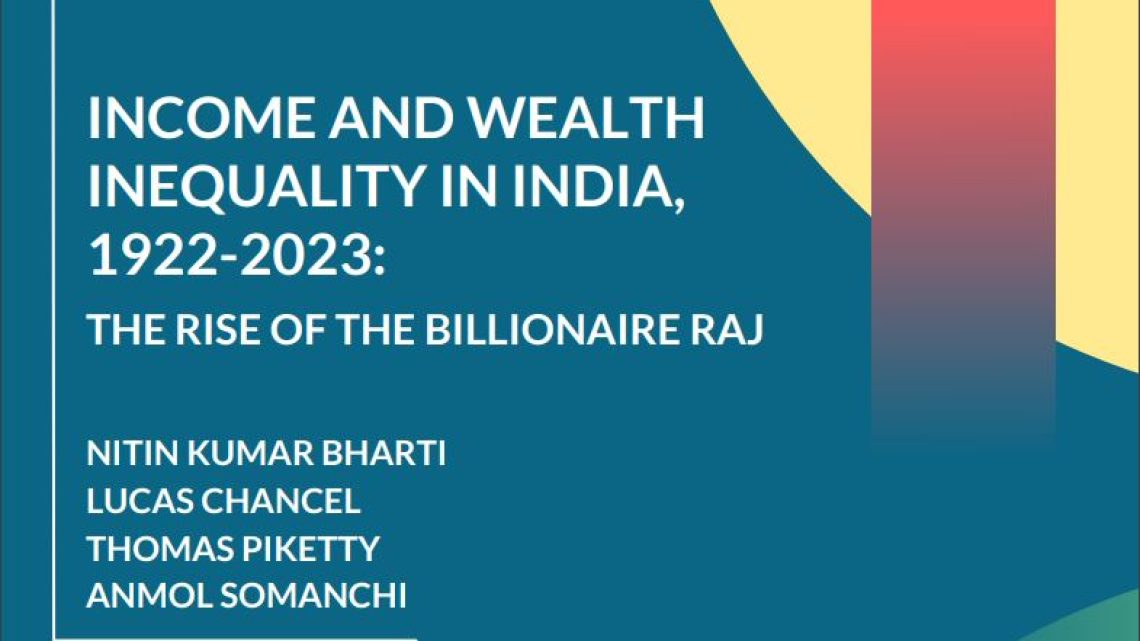
India’s Income and Wealth Inequality
March 27, 2024A discerning account of rapidly growing inequality has surfaced within India’s economic terrain, originating from the early 2000s. Comprehensively titled “The Rise of the Billionaire Raj: Income and Wealth Inequality in India, 1922-2023,” a new working paper penned by Thomas Piketty, Lucas Chancel, and Nitin Kumar Bharti elucidates on this astounding contrast pervading throughout society. Delving into over a century of Indian fiscal course correction, their report provides a sombre assessment indeed.
The research paper discovered that by 2022-23, the top one per cent of India’s population saw a dramatic increase in their income and wealth shares to 22.6 per cent and 40.1 per cent, respectively. This alarming spike in inequality highlights an unsettling pattern that has been gathering momentum over time, particularly with regard to the concentration of wealth.
Since 2014-15, there has been a significant increase in pronounced top-end inequality amidst the backdrop of economic growth and expanding disparities. Although Prime Minister Narendra Modi had prioritized development and economic reforms during his election campaign, detractors contend that income discrepancies between wealthy urbanites and impoverished rural populations have continued to widen under his leadership. Amid India’s recent surge in economic productivity – culminating in an impressive 8.4 per cent Q3-2023 GDP expansion – wealth disparity concerns are now receiving widespread attention from policymakers and citizens alike.
The observations made in the paper urge a thorough assessment of India’s taxation structure, suggesting that it may be regressive when evaluated based on net wealth. The absence of sufficient educational opportunities is among various reasons for hindering income progress among 50 per cent of the bottom and middle-class groups. To tackle these disparities, restructuring tax codes to include both income and wealth alongside general public investment towards healthcare, education as well as nutrition are recommendations put forward by this study.
The paper brings attention to the negative effects on society and governance caused by extreme inequality. It expresses worry about how concentrated wealth can have significantly greater influence, especially compounded with a decline in key institutions’ honesty. This fuels concerns that India may be trending towards becoming a plutocracy.
The paper’s historical analysis charts India’s income and wealth distribution evolution from the early 1900s. It examines how inequality has dramatically shifted, spanning from socialist policies during post-independence to economic reforms in the ’80s and ’90s. With liberalization taking place in markets since 1991, billionaires have surged with an increase of individuals rising from one to a whopping 162 as of 2022.
Comprehensive reforms are urgently needed to combat the growing inequality in India, according to the paper’s authors. With economic growth and social development posing significant challenges for the nation addressing inequality is a critical battleground that will shape India’s destiny throughout this century while ensuring fairness for all its people.

